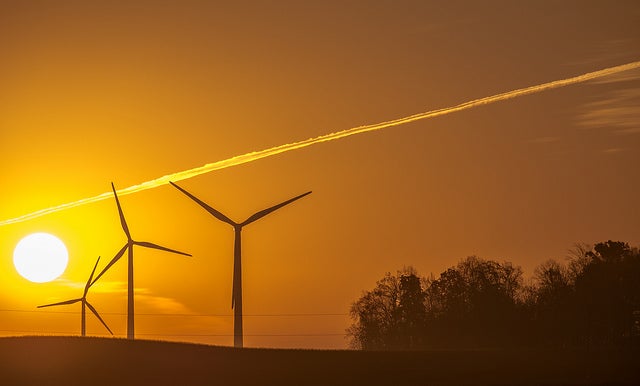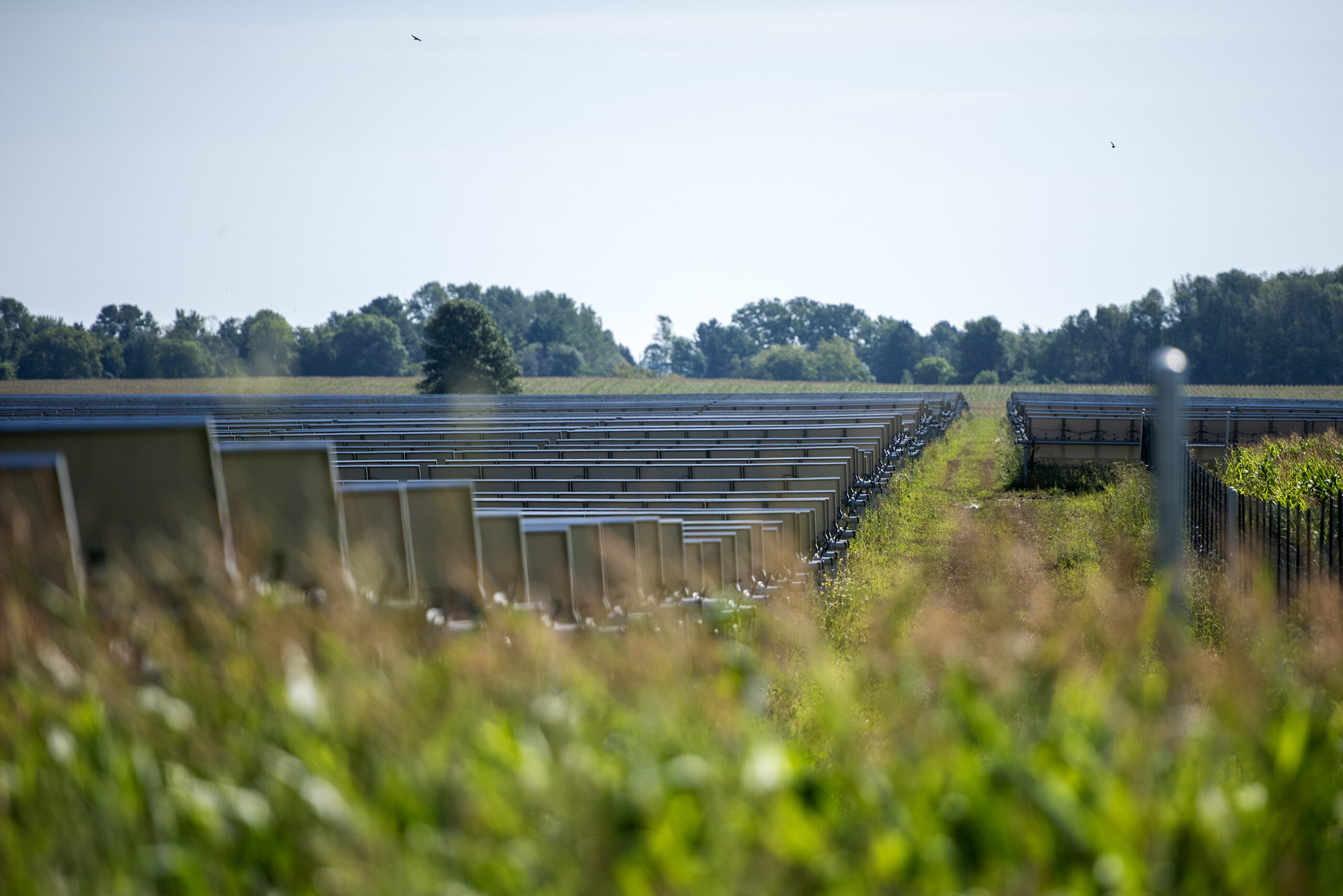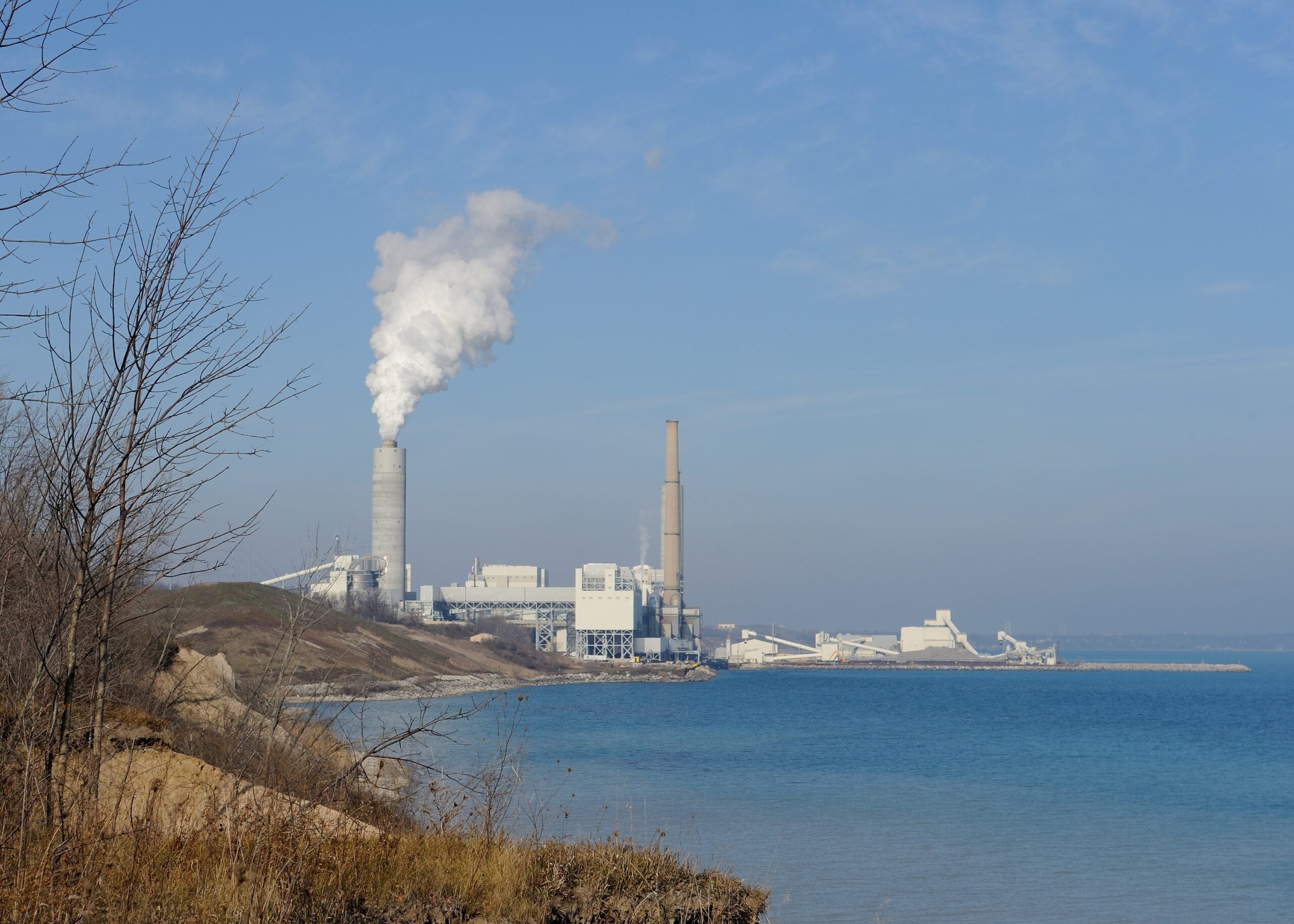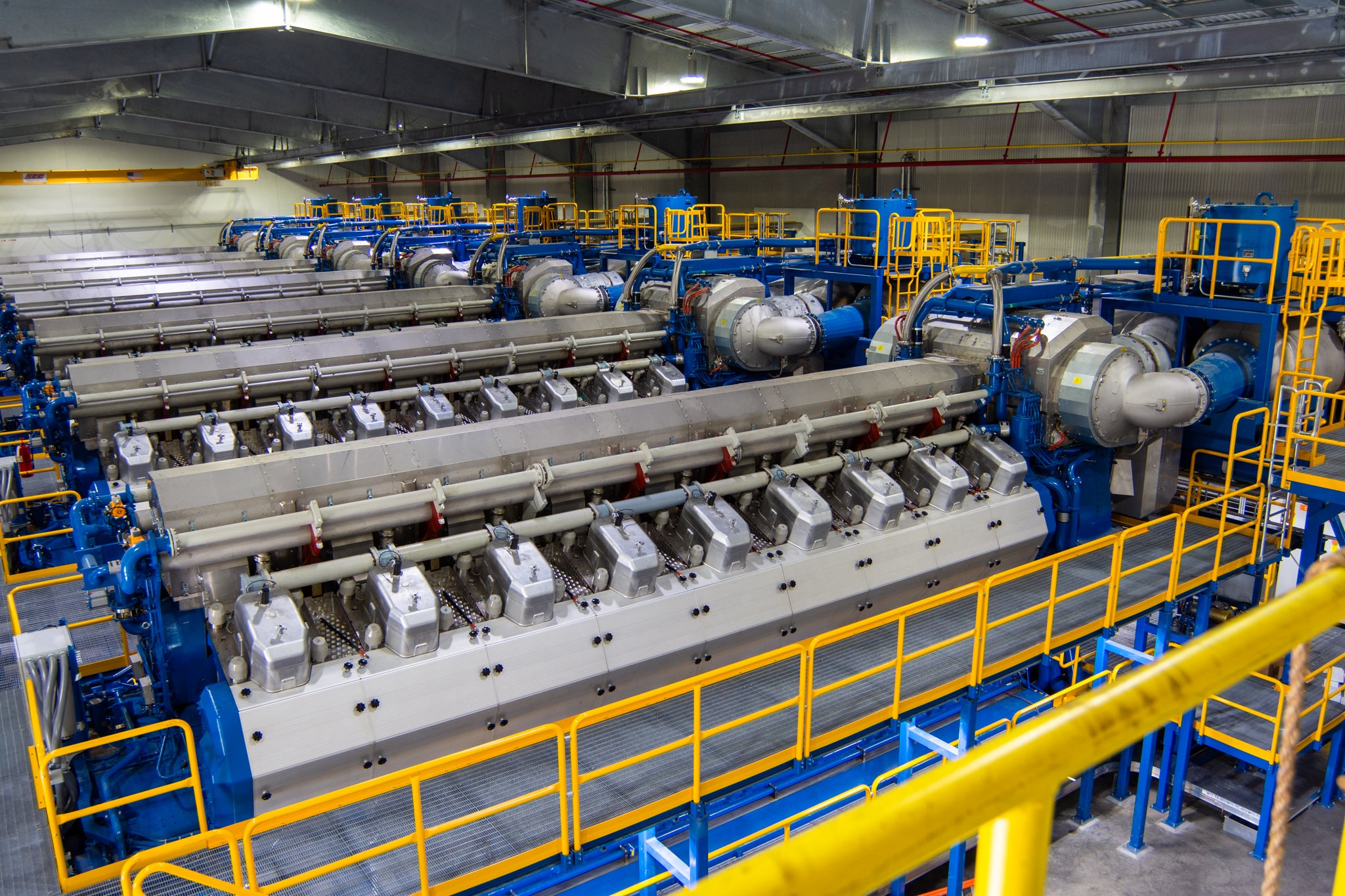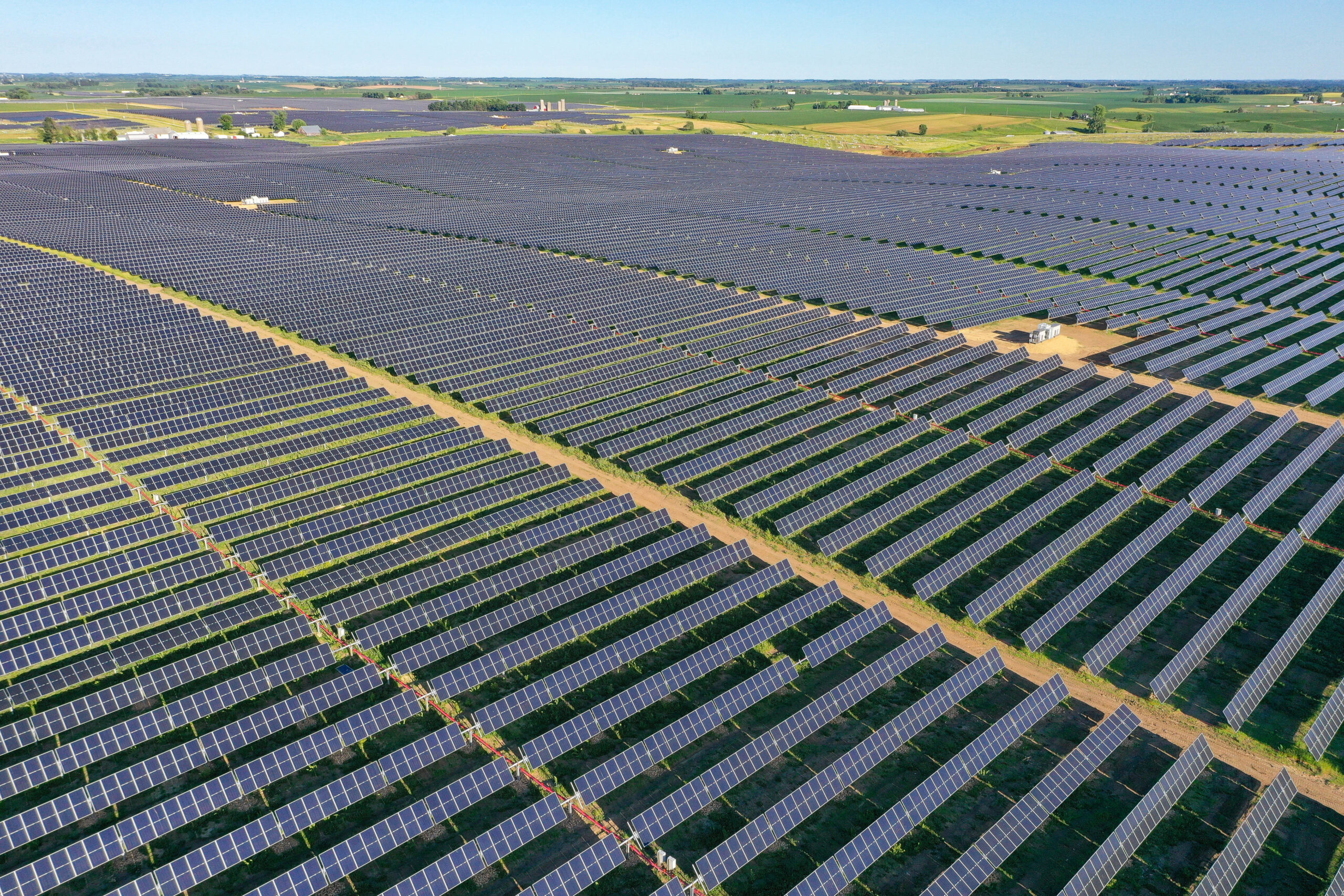Some renewable energy advocates are calling for a major overhaul of how clean energy is produced and regulated in Wisconsin: They want to move toward generating smaller amounts of power in more places, as opposed to producing large amounts in big coal or nuclear plants, while still producing enough electricity for all.
Former We Energies employee and current renewable energy consultant Carl Siegrist is among those advocates. He doesn’t mince words when describing what he sees as an unprecedented transformation in power production.
“We’re at the beginning of an energy revolution, and like all revolutions, this one’s not going to be easy,” he said. “This a fight between the old and the new, between dirty energy and clean energy, and between no choice and having a choice.”
Stay informed on the latest news
Sign up for WPR’s email newsletter.
Some in the utility industry are also advocating for change — Mary Powell, for example, who serves as president and CEO of the Vermont-based utility Green Mountain Power.
Green Mountain is making a big push for renewable energy and distributed generation. Powell, during a visit to Madison Thursday, said it’s what her customers want.
“If you focus on the customer, and you focus on doing the right thing — doing well by the community and customers you serve — you will do fine,” she said.
Powell said not having to spend as much to buy power from the electrical grid during peak demand times and not spending as much on transmission lines is a key financial boost for Green Mountain Power.
Tyler Huebner of RENEW Wisconsin said that while the energy landscape in Vermont is somewhat different than Wisconsin’s, Green Mountain Power can nevertheless serve as a template for the investments in electricity generation coming up in Wisconsin over the next 20 years.
“We have a choice which way we’re going to go,” he said. “Are we going … to continue with that bulk power delivery, big centralized power plants depending on natural gas or coal that comes from somewhere else, or are we going down a path using the resources we have here in the state?”
There are signs of utilities in transition across the state. At Madison Gas & Electric’s Blount Street Generating Station, natural gas is now burned as fuel instead of coal. There are also utility-backed wind and solar projects all around the state.
But even as companies like LaCrosse-based Dairyland Power are preparing to use more alternative energy, the company’s Vice President Brian Rude said firms with financial stakes in older coal-fired plants will hang on to those facilities for some time, partly as a way to meet expected demand.
“I like the analogy of trying to fix a plane mid-air, because the bottom line is we … have to be reliable for our customers, from a safety standpoint,” said Rude. “It’s what they expect, what they demand. So getting there is going to take some time.”
The state Public Service Commission, the regulatory body that oversees utilities in Wisconsin, seems willing to let companies take that time. Commission Chair Ellen Nowak told a WisPolitics forum this week that one reason she’s been fighting President Barack Obama’s Clean Power Plan is that it might force more coal plants to shut down.
“Then we’re left with the question of, we have to pay for something new, but we also have an asset that is not fully depreciated and it’s still being paid for. So consumers are being hit with a double hit,” she said.
While a legal challenge brought by Wisconsin and other states against the Clean Power Plan continues, a federal judge refused to block the regulations in a separate suit Thursday — news that could, perhaps, be seen as a small boost to the potential renewable energy revolution.
Wisconsin Public Radio, © Copyright 2025, Board of Regents of the University of Wisconsin System and Wisconsin Educational Communications Board.

